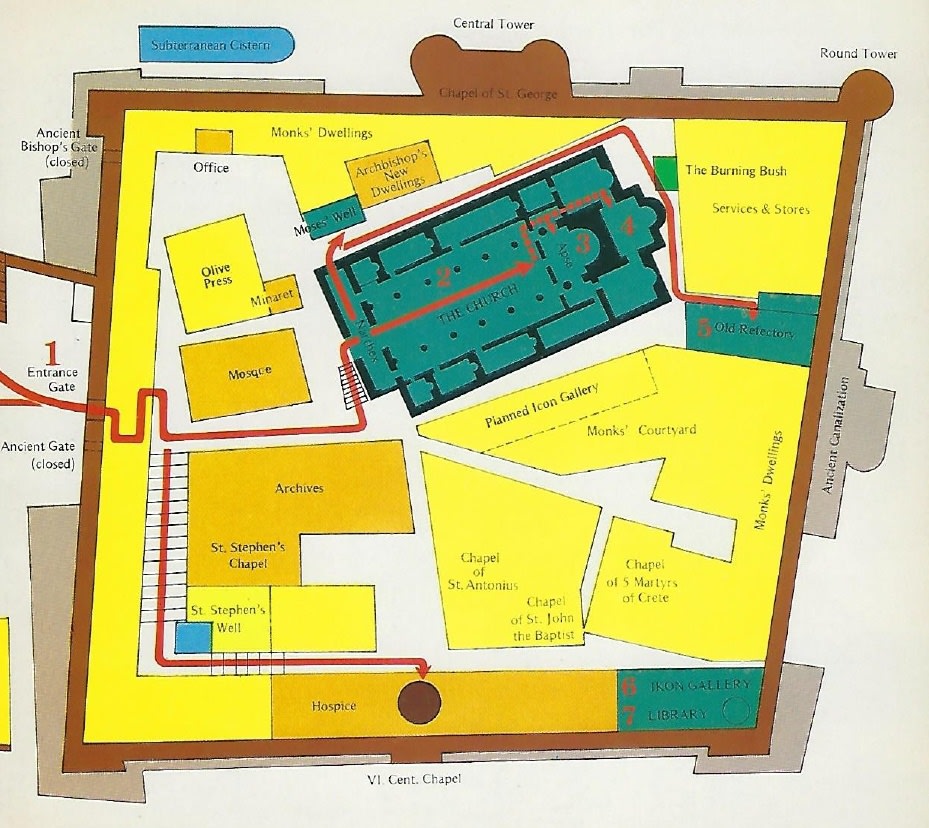William Henry BARTLETT London, 1809 -Malta, 1854
The inscription in the bottom right-hand corner of this drawing informs us that it depicts the Convent of St. Catherine on Mount Sinai.
It has been attributed, on the basis of stylistic comparison, to the English illustrator William Henry Bartlett who visited the convent and produced a number of different depictions of it.
The artist's skill in capturing architectural detail, his passion for the picturesque landscape and his interest in its interaction with the local people have lent his illustrations such unique historical importance that the vast corpus of his meticulous draughtsmanship is thoroughly deserving of study and conservation.
The Monastery of St. Catherine is an Orthodox monastic centre with a continuous life since the 6th century.
It has stood for 1400 years in the heart of the Sinai Desert, and preserved its special character since its erection in the era of Justinian (527-565AD). Mohammed the founder of Islam, Arab caliphs, Turkish sultans, and Napoleon all took the Monastery under their protection, thereby preserving it from pillage: it has never in its long history been conquered damaged or destroyed, and has through the ages kept its image as a sacred Biblical site.
On the site of the Monastery God revealed Himself to Moses in the miracle of the Burning Bush and ordered him to return to Egypt, and bring the Children of Israel to Mount Horeb to serve Him.
From the 3rd century AD onwards, monks settled in small monastic comunities around Mount Horeb.
The real turning point in the history of Sinai monasticism came in the 6th century, when Emperor Justinian ordered the building of the great walled monastery fortress and the church that remain to this day. To protect the numerous monks Justinian’s builders constructed a fortress of such monumentality that its walls stand little changed after 14 centuries.
When Justinian built the Monastery, he settled 200 families brought from the northern shore of Anatolia in its immediate vicinity. These people were entrusted with guarding the Monastery and with providing various services. The decendants of those people have continued to serve the monks through the centuries.

JOIN OUR MAILING LIST
Subscribe to our mailing list in order to receive news on new acquisitions, exhibitions, special previews and more!
* denotes required fields
We will process the personal data you have supplied to communicate with you in accordance with our Privacy Policy. You can unsubscribe or change your preferences at any time by clicking the link in our emails.
